
As AI workloads grow in complexity and scale��from large language models (LLMs) to agentic AI reasoning and physical AI��the demand for faster, more scalable compute infrastructure has never been greater. Meeting these demands requires rethinking system architecture from the ground up. NVIDIA is advancing platform architecture with NVIDIA ConnectX-8 SuperNICs, the industry��s first SuperNIC to��
]]>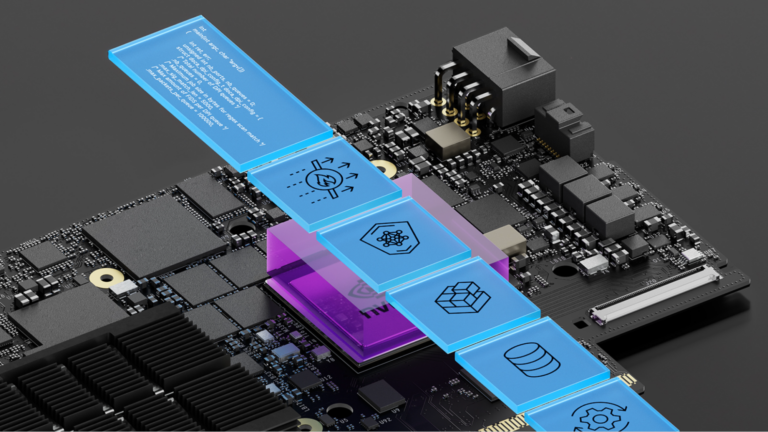
The NVIDIA DOCA acceleration framework empowers developers with extensive libraries, drivers, and APIs to create high-performance applications and services for NVIDIA BlueField DPUs and SuperNICs. DOCA 2.7 is a comprehensive, feature-rich release that further underpins the scope and value of the DOCA software framework. It offers several new libraries, turn-key applications��
]]>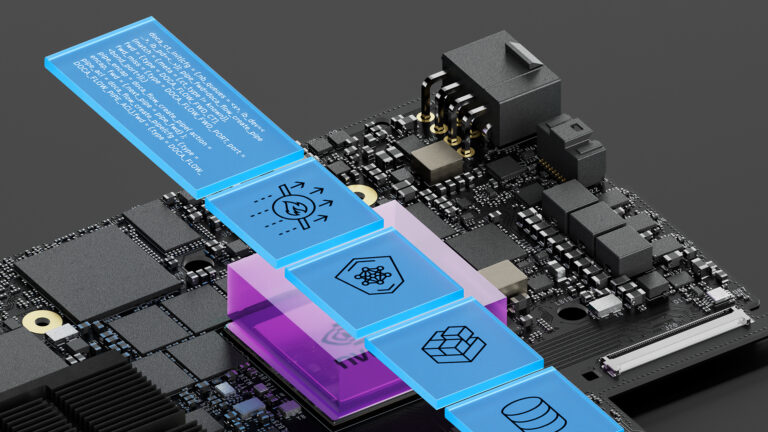
The NVIDIA DOCA 2.6 release includes support for NVIDIA Spectrum-X reference architecture with the NVIDIA BlueField-3 SuperNIC and enhances DOCA host-based networking (HBN).
]]>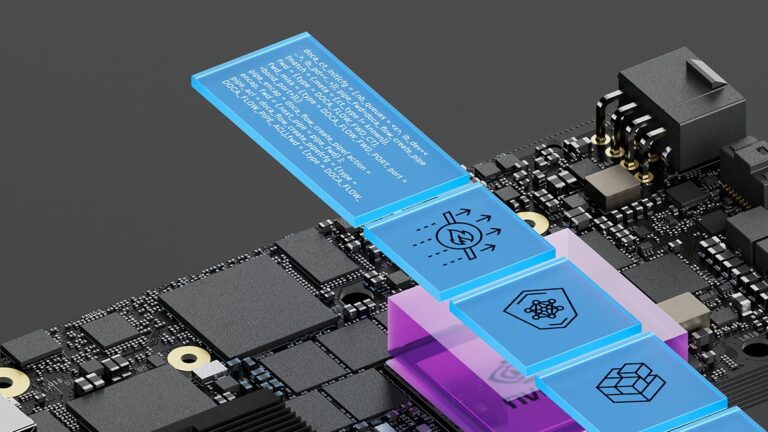
NVIDIA DOCA SDK and acceleration framework empowers developers with extensive libraries, drivers, and APIs to create high-performance applications and services for NVIDIA BlueField DPUs and ConnectX SmartNICs. It fuels data center innovation, enabling rapid application deployment. With comprehensive features, NVIDIA DOCA serves as a one-stop-shop for BlueField developers looking to accelerate��
]]>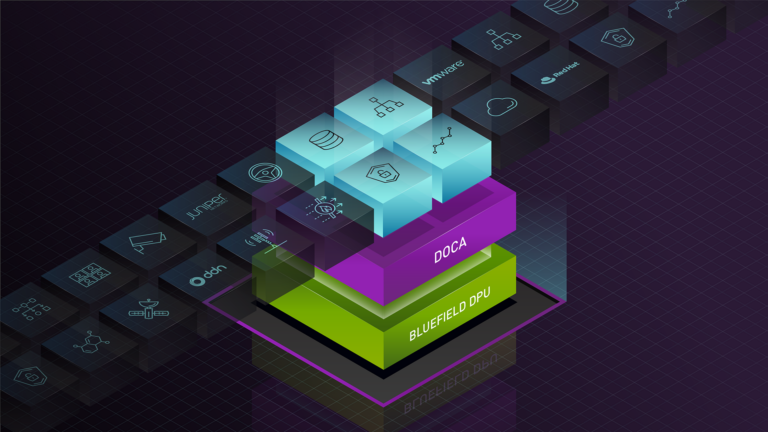
The NVIDIA DOCA framework aims to simplify the programming and application development for NVIDIA BlueField DPUs and ConnectX SmartNICs. It provides high-level abstraction building blocks relevant to network applications through an SDK, runtime binaries, and high-level APIs that enable developers to rapidly create applications and services. NVIDIA DOCA Flow is a newly updated set of software��
]]>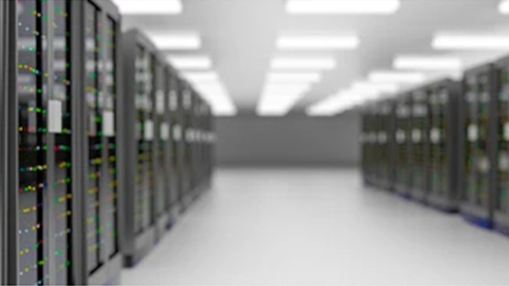
Oracle is one of the top cloud service providers in the world, supporting over 22,000 customers and reporting revenue of nearly $4 billion per quarter and annual growth of greater than 40%. Oracle Cloud Infrastructure (OCI) is growing at an even faster rate and offers a complete cloud infrastructure for every workload. Having added 11 regions in the last 18 months, OCI currently offers 41��
]]>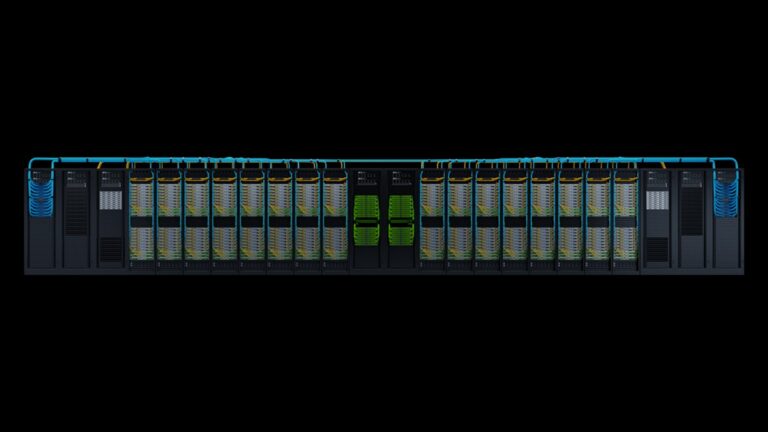
At COMPUTEX 2023, NVIDIA announced the NVIDIA DGX GH200, which marks another breakthrough in GPU-accelerated computing to power the most demanding giant AI workloads. In addition to describing critical aspects of the NVIDIA DGX GH200 architecture, this post discusses how NVIDIA Base Command enables rapid deployment, accelerates the onboarding of users, and simplifies system management.
]]>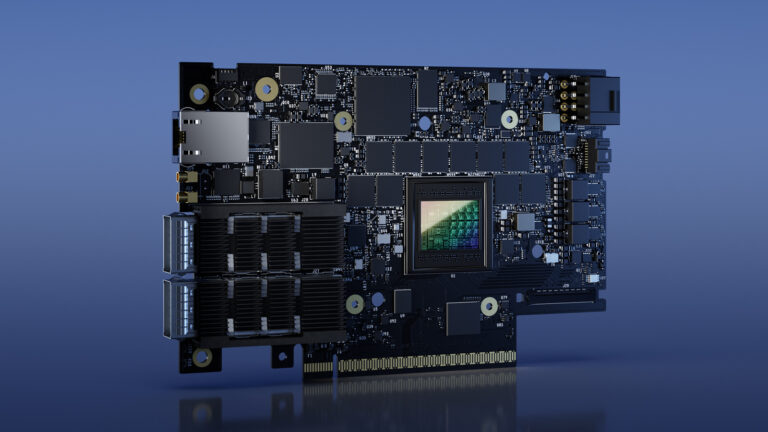
ChatGPT, Stable Diffusion, DALL-E, and similar applications have awakened the world to generative AI. ChatGPT is the fastest-growing application in history. The ease of use and impressive capabilities have attracted over a hundred million users in just a few months. Generative AI has created a sense of urgency for companies to reimagine their products and business models. As NVIDIA CEO Jensen��
]]>
Deep packet inspection (DPI) is a critical technology for network security that enables the inspection and analysis of data packets as they travel across a network. By examining the content of these packets, DPI can identify potential security threats such as malware, viruses, and malicious traffic, and prevent them from infiltrating the network. However, the implementation of DPI also comes with��
]]>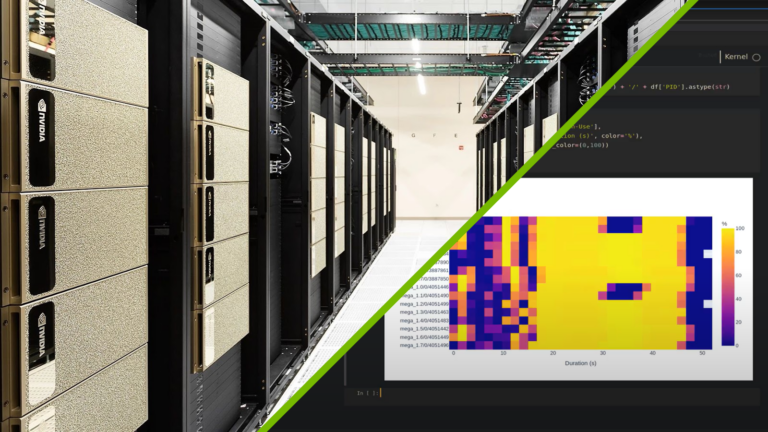
As the GPU launches threads, dispatches kernels, and loads from memory, the CPU feeds it data asynchronously, accesses network communications, manages system resources, and more. This is just a snippet of hardware activity needed to run an application��an orchestra of different components operating in perfect parallelism. As a developer, you are the conductor of an orchestra of hardware��
]]>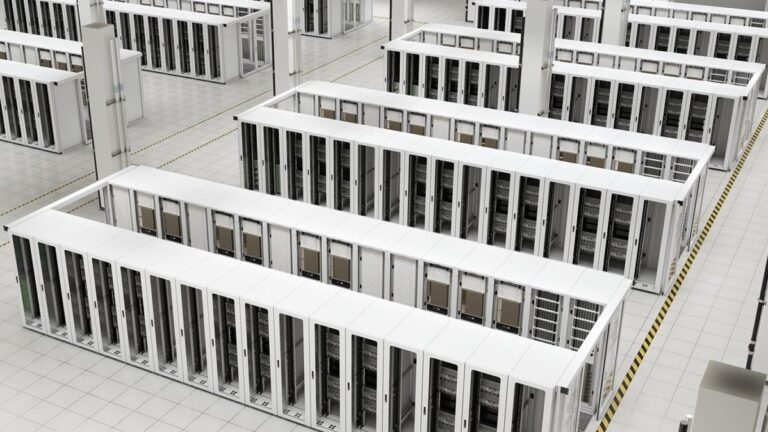
Specialists in moving data in data centers, DPUs, or data processing units, are a new class of programmable processor and will join CPUs and GPUs as one of the three pillars of computing.
]]>
A SmartNIC is a programmable accelerator that makes data center networking, security and storage efficient and flexible.
]]>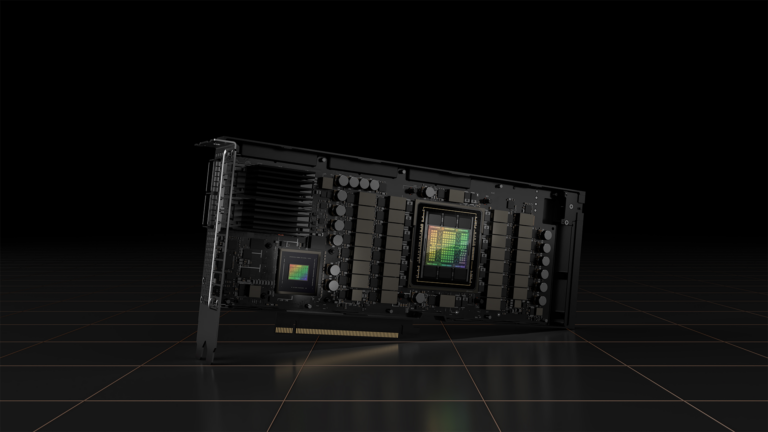
There is an ongoing demand for servers with the ability to transfer data from the network to a GPU at ever faster speeds. As AI models keep getting bigger, the sheer volume of data needed for training requires techniques such as multinode training to achieve results in a reasonable timeframe. Signal processing for 5G is more sophisticated than previous generations, and GPUs can help increase the��
]]>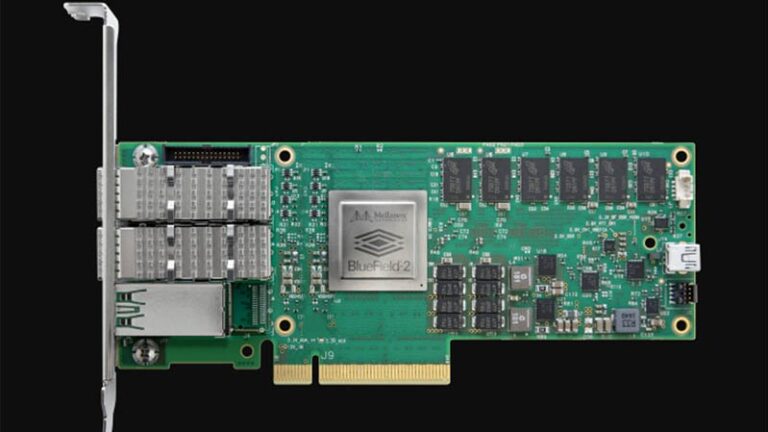
This post was originally published on the Mellanox blog. Everyone is talking about data processing unit�Cbased SmartNICs but without answering one simple question: What is a SmartNIC and what do they do? NIC stands for network interface card. Practically speaking, a NIC is a PCIe card that plugs into a server or storage box to enable connectivity to an Ethernet network.
]]>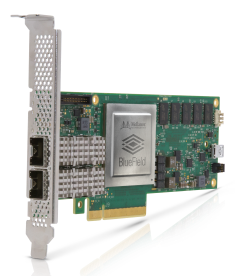
This post was originally published on the Mellanox blog. In the first post of this series, I argued that it is a function and not a form that distinguishes a SmartNIC from a data processing unit (DPU). I introduced the category of datacenter NICs called SmartNICs, which include both hardware transport and a programmable data path for virtual switch acceleration.
]]>
This post was originally published on the Mellanox blog. In part one, I said that the smart devices around us are changing our lives in remarkable ways. However, the infrastructure to support these smart innovations hasn��t fully evolved in terms of flexibility, performance, and efficiency. A software-defined world offers flexibility but at the cost of performance and efficiency.
]]>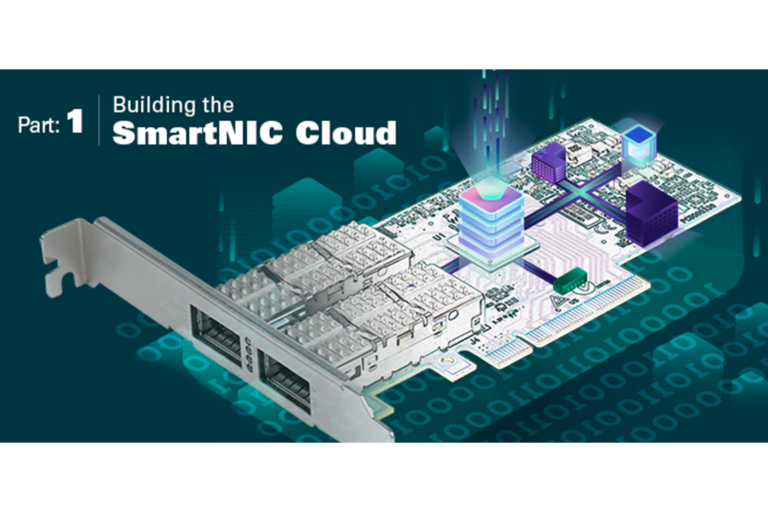
This post was originally published on the Mellanox blog. Amazon recently announced that Alexa, the smart personal voice assistant is expanding from a small desktop gadget and getting into the fabric of our life. Anything and everything can get an Alexa boost, including your microwave, home security, car infotainment, and even your wall clock. Soon, smart devices are going to get even smarter.
]]>
In an era where cyberthreats are around every corner and with increasing attacks on data centers, security has become an essential element to include in every machine guarding user data. However, many security offerings are defenseless in the presence of malware. Furthermore, software-based security consumes compute and memory resources that should be allocated to users.
]]>
This post was originally published on the Mellanox blog. In my previous Kubernetes post, Provision Bare-Metal Kubernetes Like a Cloud Giant!, I discussed the benefits of using BlueField DPU-programmable SmartNICs to simplify provisioning of Kubernetes clusters in bare-metal infrastructures. A key takeaway from this post was the current rapid shift toward bare metal Kubernetes��
]]>